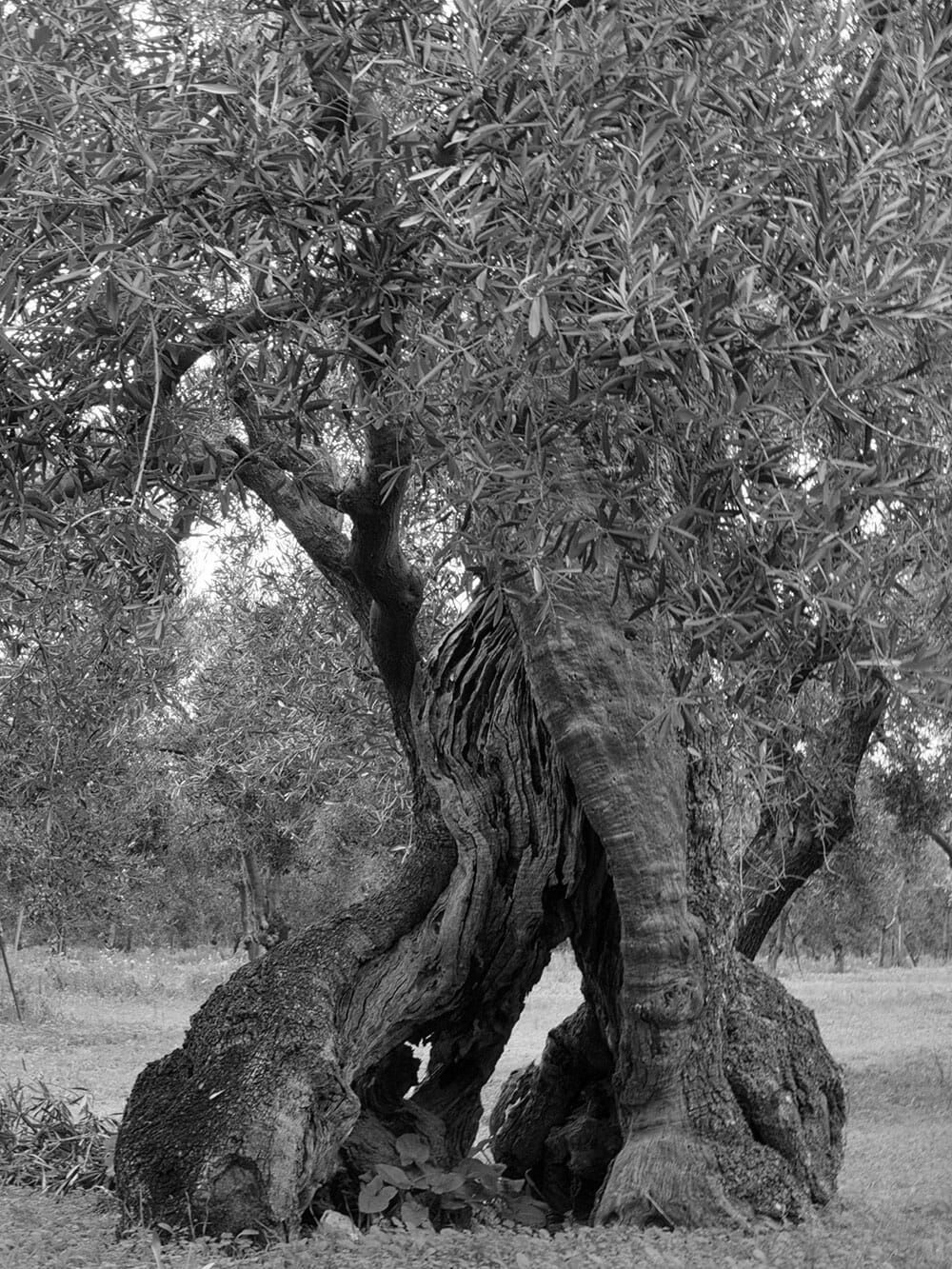Photo by Nicholas Coleman
Coleman Collection #14
PRODUCER
Olio Ciccolella
CULTIVAR
Coratina
Harvest Date
October 2018
REGION
Molfetta, Puglia
Olive oil is the perfect bridge between tradition and innovation, connecting us to a deeper sense of history, culture and gastronomy. In the southeastern region of Italy, third generation Pugliese producer Giuseppe Ciccolella oversees 8,000 Ogliarola and Coratina olive trees with a commitment to quality. This release marks their premier commencement in America.
The Coratina olive stems from Puglia but is cultivated throughout the world due to its high antioxidant levels. It’s assertive flavor adds vibrancy to blends, or can be savored as an inimitable monocultivar. With sixty million olive trees spanning the region north to south, Puglia routinely produces 50% of all Italian olive oil. But not in 2018…
In February of that year, the olive trees north of Bari (specifically in Andria, Canosa, Ruvo and Corato) were burnt by a glacial airflow originating in Siberia. The plant pathogen Xylella fastidiosa hamstrung plots while the olive fly decimated fruit throughout the peninsula. Fortunately, Ciccolella’s meticulous care and strategic location 3 km from the Adriatic Sea helped mitigate low temperatures and preserve 80% of their production.
This early harvest filtered monocultivar Coratina oil smells like a lush forest of mint, freshly ripped pine twigs and green leaves. It hits the mouth with a punch of grass, vibrant bitterness and trails off with a near infinite persistence of black pepper in the throat – considered an attribute of quality. This style of oil enlivens tomato sauces, grilled meats, beans, soups, or charred octopus, but we also recommend you smell and then taste it – on its own, independent of other foods – so that you can experience and then analyze its viscosity and flavor profile.
During the Greek expansion, Puglia was deemed “Europe’s wine cellar”, a term referring to the plethora of wines produced and stored in southern Italy. Many of Puglia’s coastal cities served as pivotal ports as wines were often shipped back to Greece via the Adriatic Sea. Today, the variety of grapes grown for wine production is vast, but the most important varieties are Verdeca for white wine production and Primitivo for red wine production. Verdeca produces medium bodied wines with ripe tropical fruit flavors and clean finishes with subtle saline notes and are best paired with crudo fish preparations. Look for wines from producer, Leone di Castris. For red wine production, Primitivo often produces wines rich in texture, ripe dark berry flavors, and piquant notes. It’s genetically related to Zinfandel, and in some cases there are similarities of opulent fruit and richness, but not always. Best served with Puglia’s famous dish, orrechiette with broccoli rabe and sausage.



